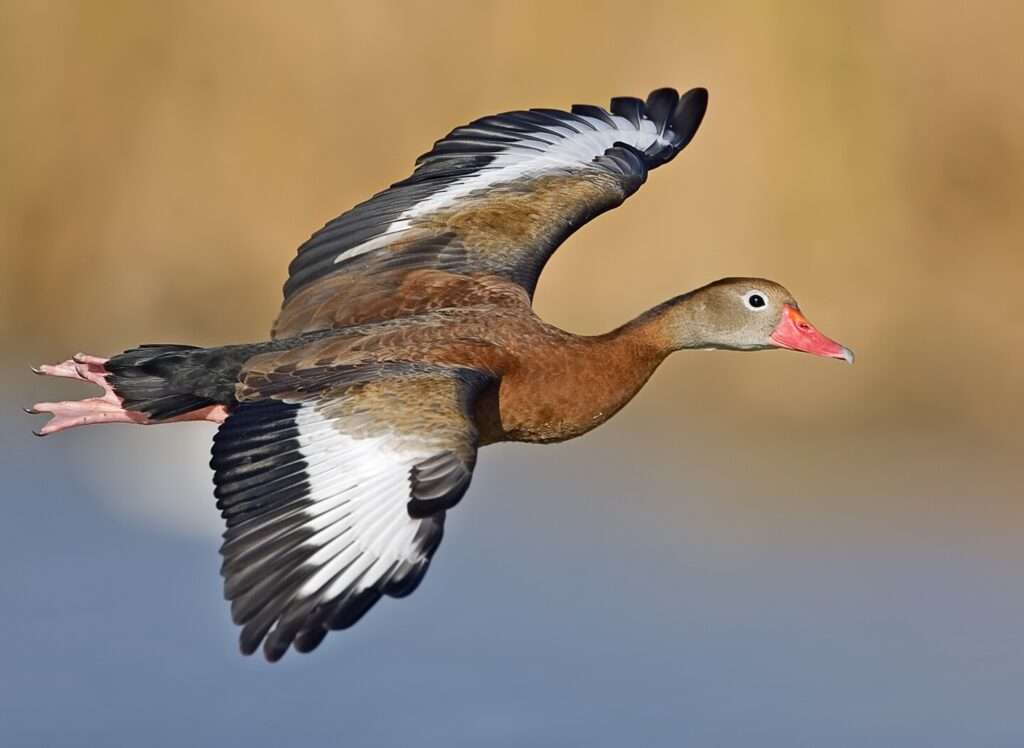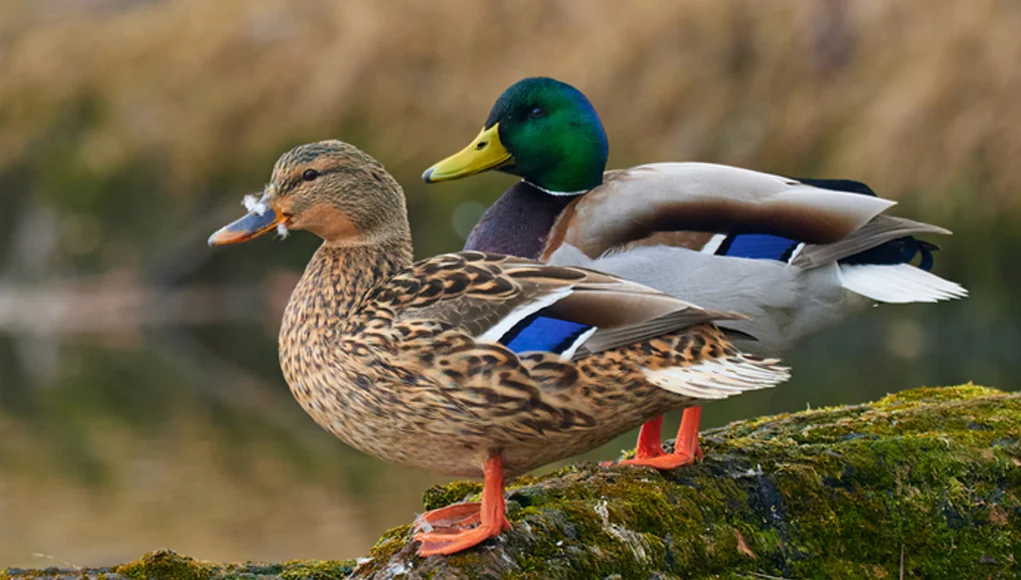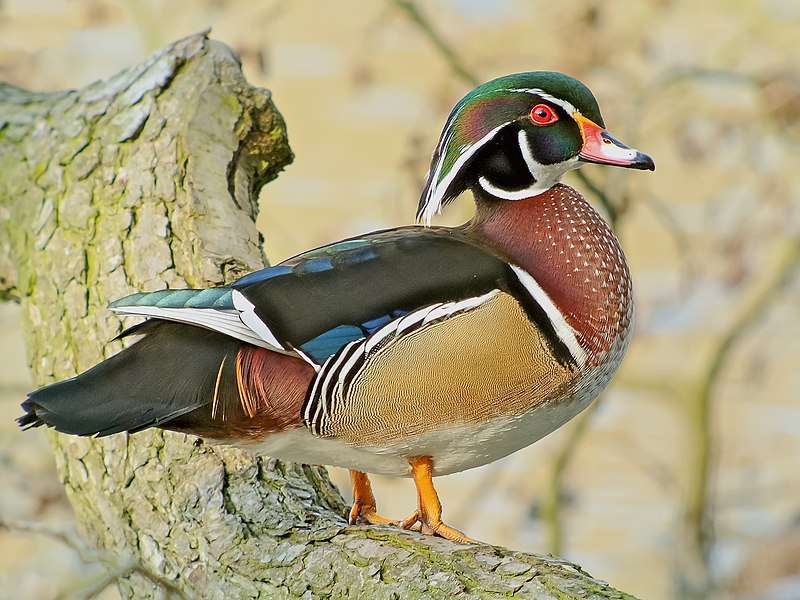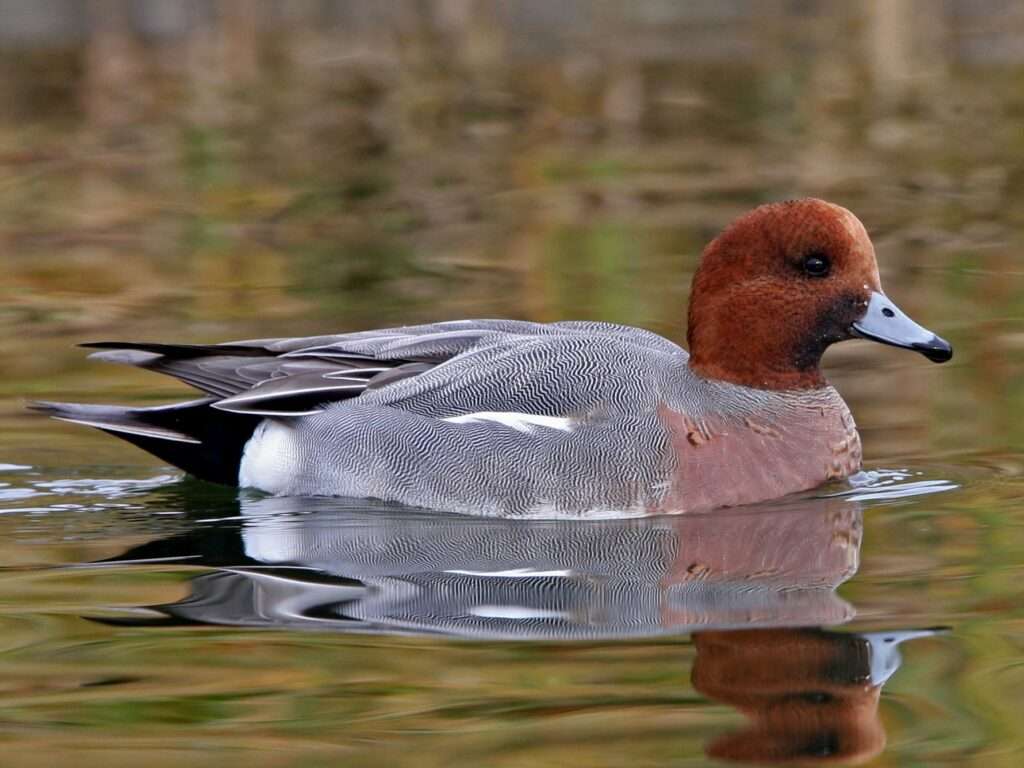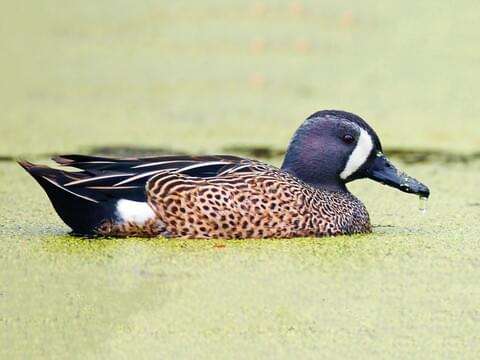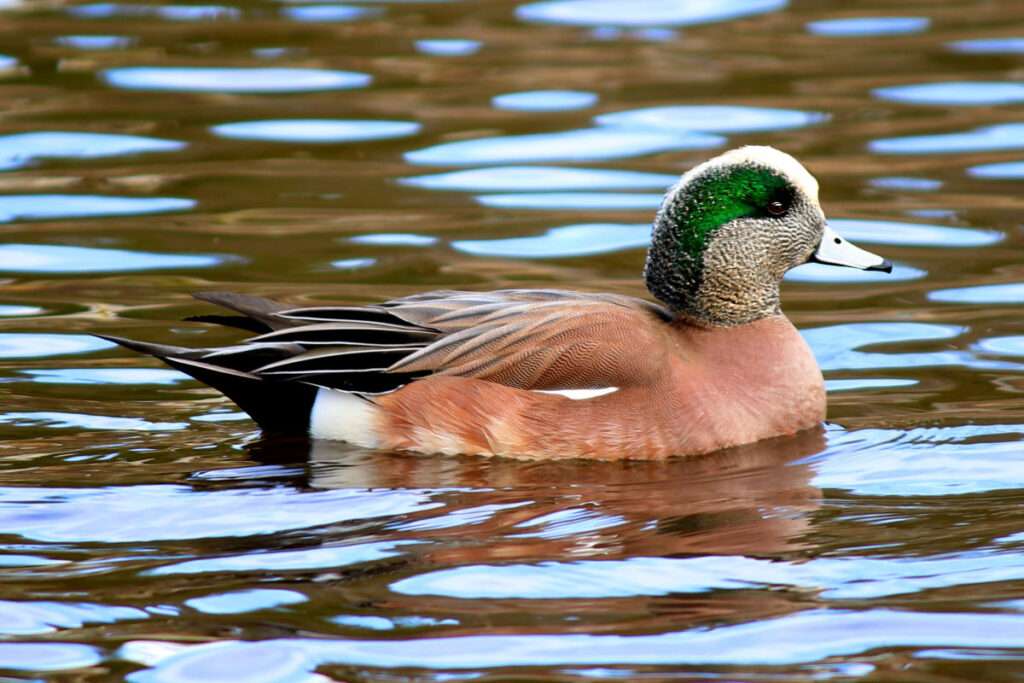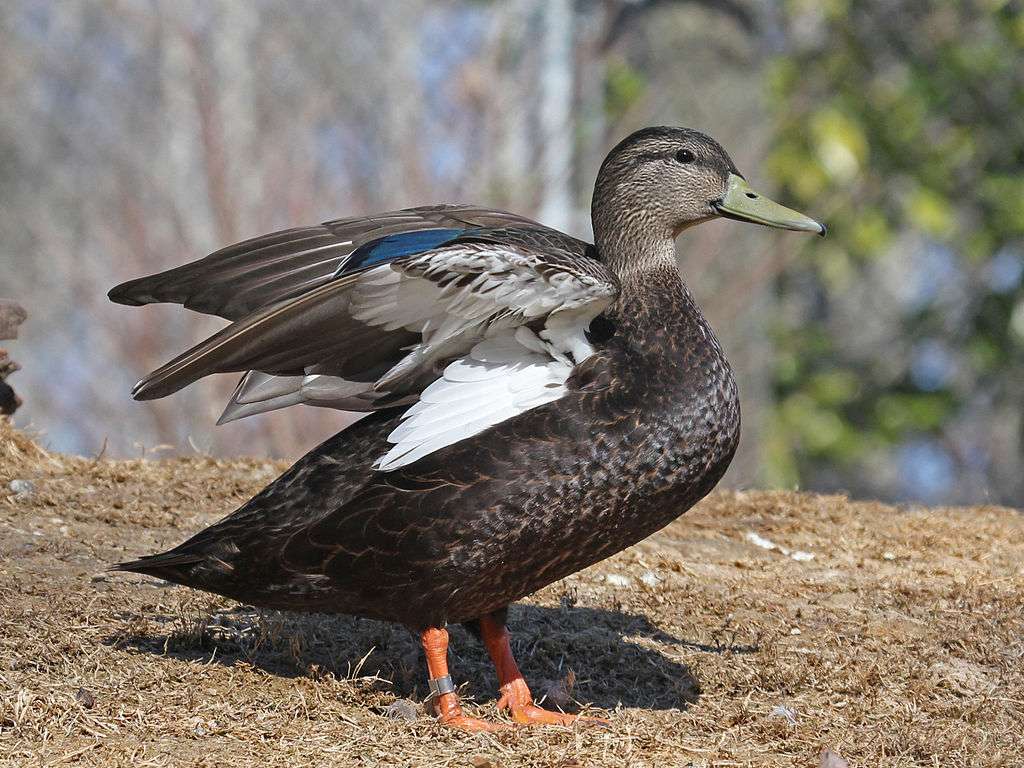Black Bellied Whistling Duck
A species of whistling duck is the black-bellied whistling duck (Dendrocygna autumnalis), also referred to as the black-bellied tree duck. Fun Facts In terms of behavior, they resemble swans and geese more than other ducks. Due to their propensity to perch in trees rather than lie down to rest, they were first referred to as […]
Black Bellied Whistling Duck Read More »


